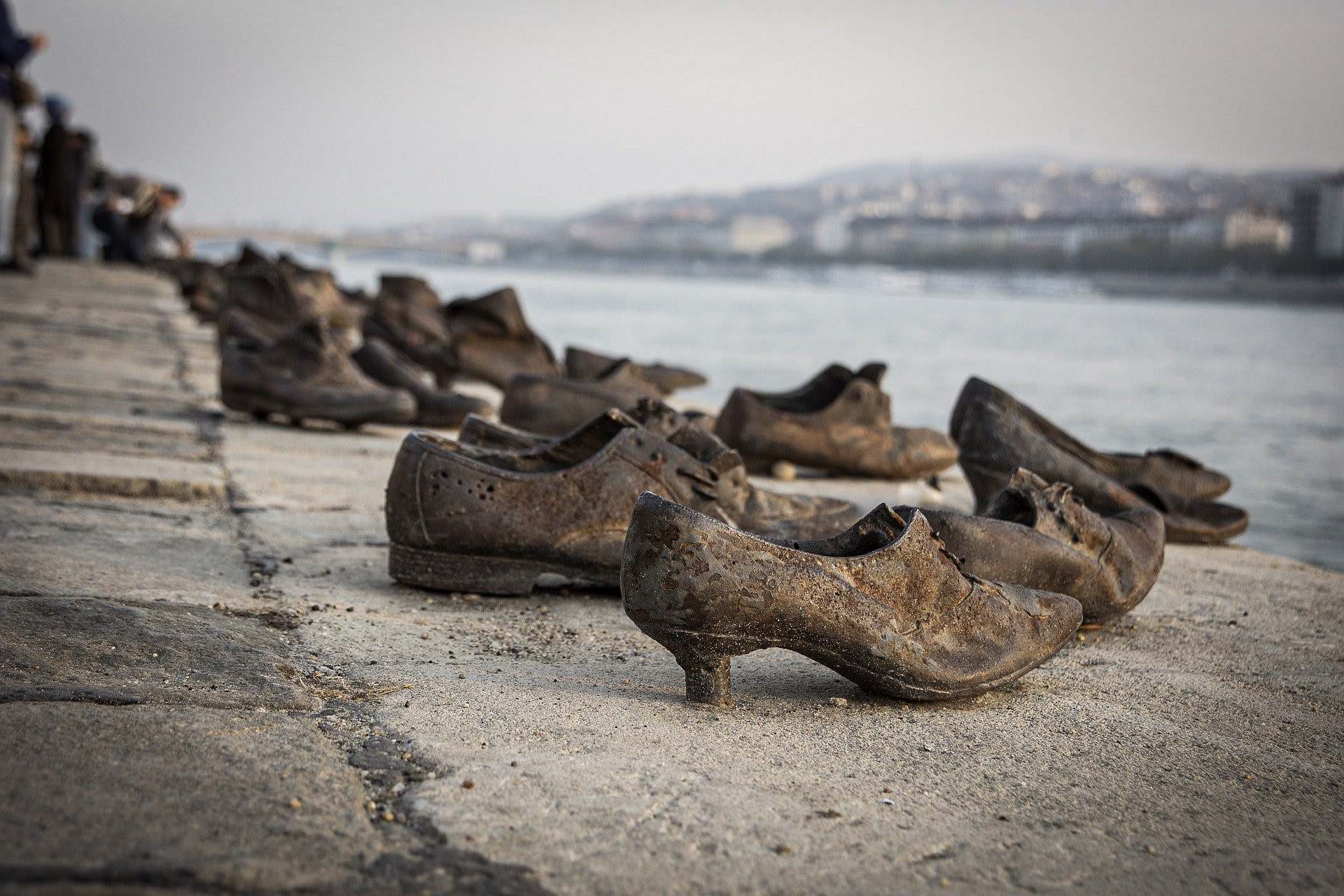The Untold Stories Behind The Shoes On The Danube Bank

Have you ever wondered about the Shoes on the Danube Bank? This haunting memorial in Budapest tells a powerful story. Created by sculptor Gyula Pauer and director Can Togay, it honors the memory of Jews killed by fascist Arrow Cross militiamen during World War II. Victims were ordered to remove their shoes before being shot at the edge of the river, their bodies falling into the water. The shoes left behind serve as a poignant reminder of the lives lost. Visiting this site offers a chance to reflect on history and pay respects to those who suffered.
The Historical Context of the Shoes on the Danube Bank
The Shoes on the Danube Bank is a poignant memorial in Budapest, Hungary. It commemorates the Jews who were killed by fascist Arrow Cross militiamen during World War II. The victims were ordered to remove their shoes before being shot at the edge of the river, their bodies falling into the water.
The Creation of the Memorial
The memorial was created by film director Can Togay and sculptor Gyula Pauer in 2005. It consists of 60 pairs of iron shoes, symbolizing the shoes left behind by the victims.
The Design: The shoes are made of iron and are attached to the stone embankment. They represent different styles and sizes, reflecting the diversity of the victims.
The Location: Situated on the Pest side of the Danube Promenade, between the Hungarian Parliament Building and the Chain Bridge, the location was chosen for its historical significance.
The Symbolism of the Shoes
Each pair of shoes tells a story, representing the lives lost and the families torn apart. The memorial serves as a powerful reminder of the atrocities committed during the Holocaust.
Different Styles: The shoes include men's, women's, and children's styles, symbolizing that people of all ages were victims.
Empty Shoes: The empty shoes evoke a sense of absence and loss, highlighting the void left by the victims.
The Impact on Visitors
The memorial has a profound impact on those who visit, often leaving them in deep reflection. It serves as a place for mourning and remembrance.
Emotional Response: Many visitors leave flowers, candles, and other tokens of remembrance, showing their respect and empathy.
Educational Value: The memorial educates visitors about the horrors of the Holocaust, ensuring that such atrocities are never forgotten.
The Importance of Remembering
Remembering the past is crucial for preventing future atrocities. The Shoes on the Danube Bank stands as a testament to the importance of memory and history.
Holocaust Education: The memorial plays a vital role in Holocaust education, reminding us of the consequences of hatred and intolerance.
Promoting Peace: By remembering the past, we can work towards a future where such violence and hatred are eradicated.
Reflecting on the Shoes on the Danube Bank
The Shoes on the Danube Bank memorial stands as a powerful reminder of the atrocities faced by Hungarian Jews during World War II. Each pair of shoes tells a story of lives lost, families torn apart, and the cruelty of war. Visiting this site offers a chance to reflect on history, honor the victims, and understand the importance of tolerance and peace.
Budapest's rich history and culture are deeply intertwined with this memorial, making it a must-visit for anyone traveling to the city. The simplicity of the shoes against the backdrop of the Danube River creates a poignant scene that stays with visitors long after they leave. By remembering these stories, we ensure that such tragedies are never forgotten and that future generations learn the value of compassion and humanity.

